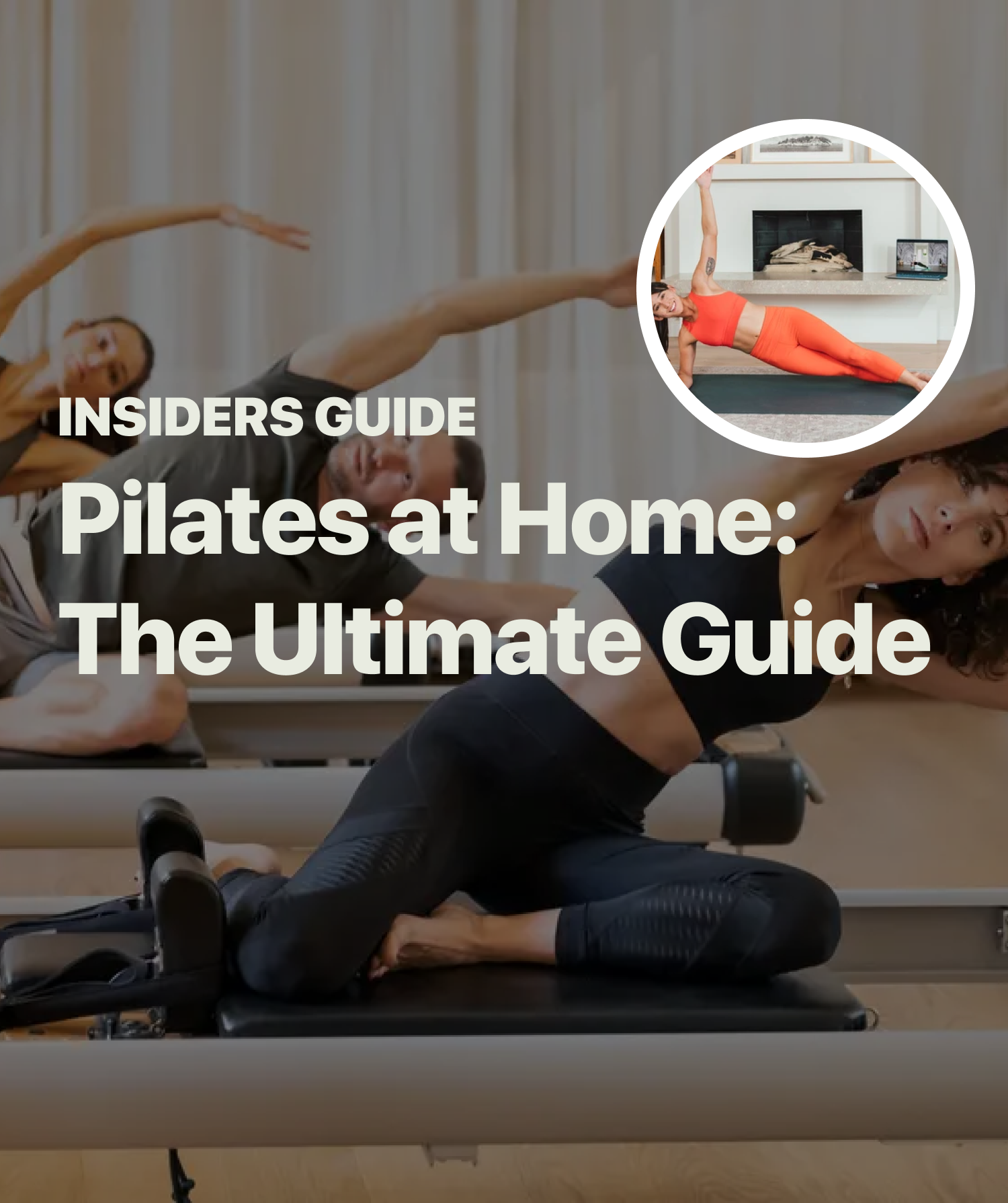Pilates – once a favourite of yoga mums is taking the wellness world by storm. The rising popularity has seen this incredible low-impact workout span across all groups, with searches up by 124% in the last year and Equinox seeing a 47% increase in men attending pilates classes.
It was started by Joseph Pilates, who created this low-impact workout programme in the 1920's.
The main focus and benefits come from strengthening your core muscles, improving flexibility, and increasing whole-body fitness.
The main difference is that Pilates emphasises controlled movements and precise breathing techniques that help to improve core, posture, muscle tone, and physical endurance.
There are also broader wellness benefits including relaxation, mindfulness, and stress reduction benefits and it even helps with back pain.
One of the main appeals is really anyone can do it – whether you're in your 70s and looking to keep active or in your 20s looking for the summer beach body, the adaptability of the workout routines are such a huge appeal.
The downside of pilates exercise? Traditionally people would rely on expensive reformer pilates machines and classes, so we want to bring these benefits to you in the comfort of your own home with little to no required equipment. So let's dive in.
Benefits of Pilates at home:
:max_bytes(150000):strip_icc()/Pilates-27bb0ee84f994f7fb370dde3b4cbf37f.jpg)
The biggest benefit of doing pilates at home will always be the cost. If you live in a large city area like London or New York, a 45-minute class can cost you anywhere from £40 to £70 pounds and $40 to even $100 dollars in some studios.
Or you simply might not fancy forking out thousands for a reformer pilate machine, let alone have space for it.
Luckily for you, there are lots of other equipment that you can use at home instead that are going to get you the same results.
Not only will you save money doing it at home you are also saving time. You don’t have to get a tube or a bus to get to your studio and you are also not obligated to do it at a specific time. You can simply go to your living room whenever you have some spare time or even on your lunch break if you are working from home.
If you are just getting started and don’t feel super comfortable having other people around as you try and figure out the form and flow of the exercises doing it at home will be a lot easier.
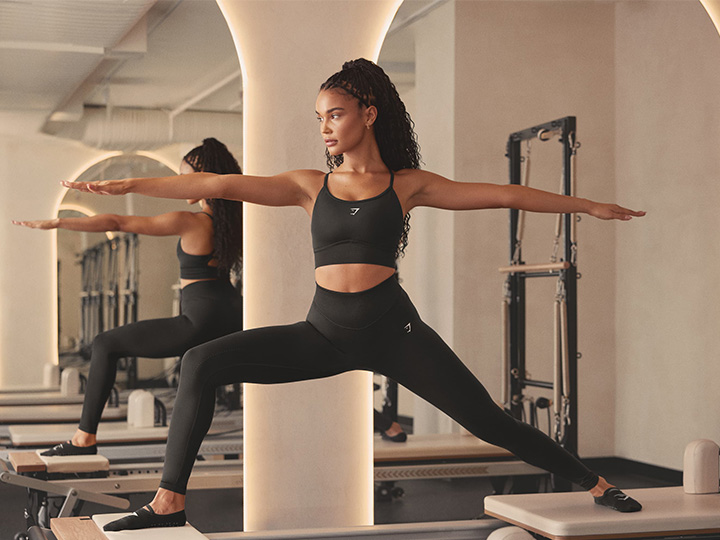
Best Pilates Equipment at Home
Best Exercise Mat for Pilates
1: Yoga Mat Exercise NBR: Extra Thick Non-Slip Large, ideal for Pilates
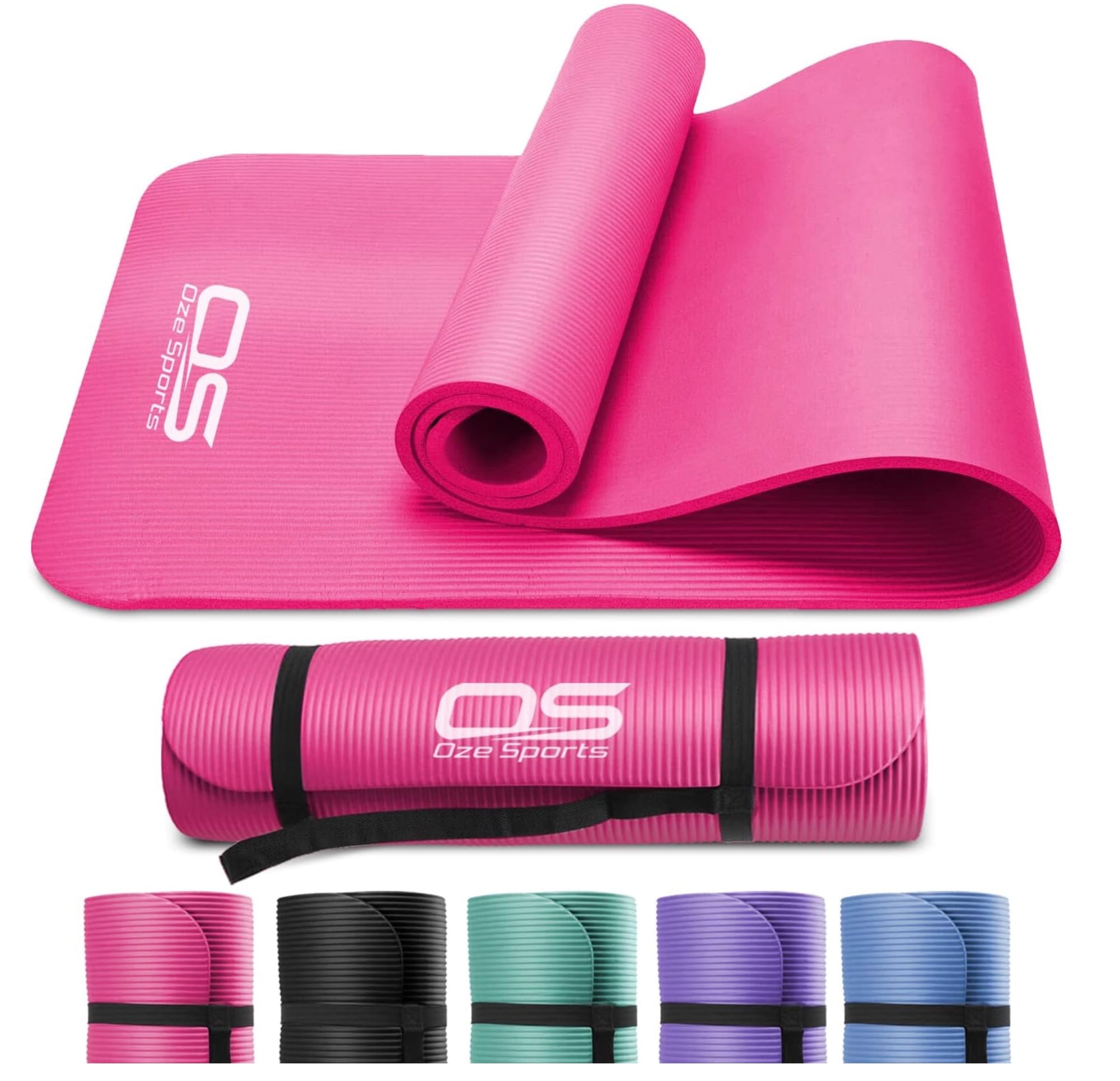
Best Pilates Balls for at Home
1: Yes4All Pilates Ball
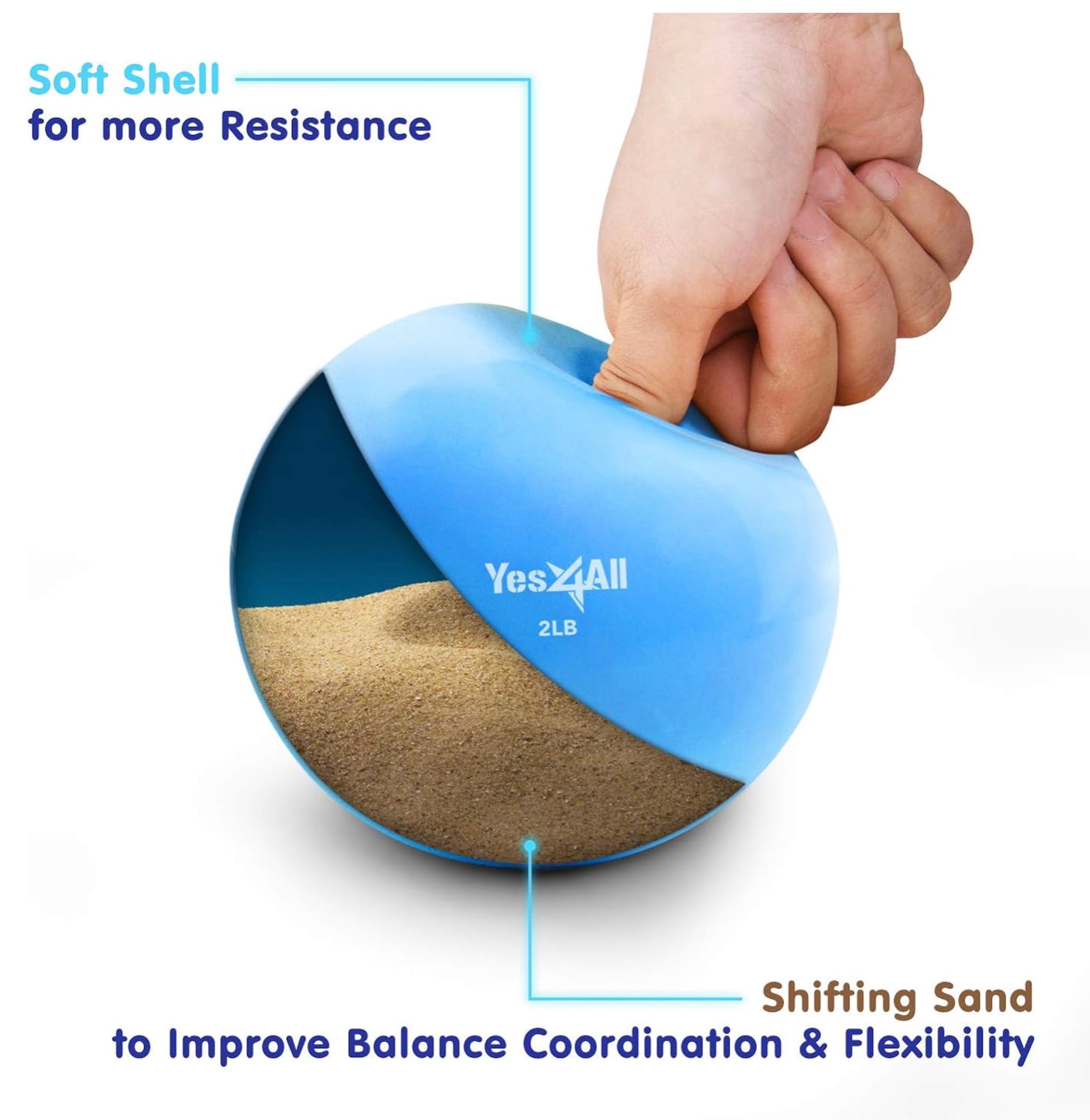
2: Femeo® Exercise Ball
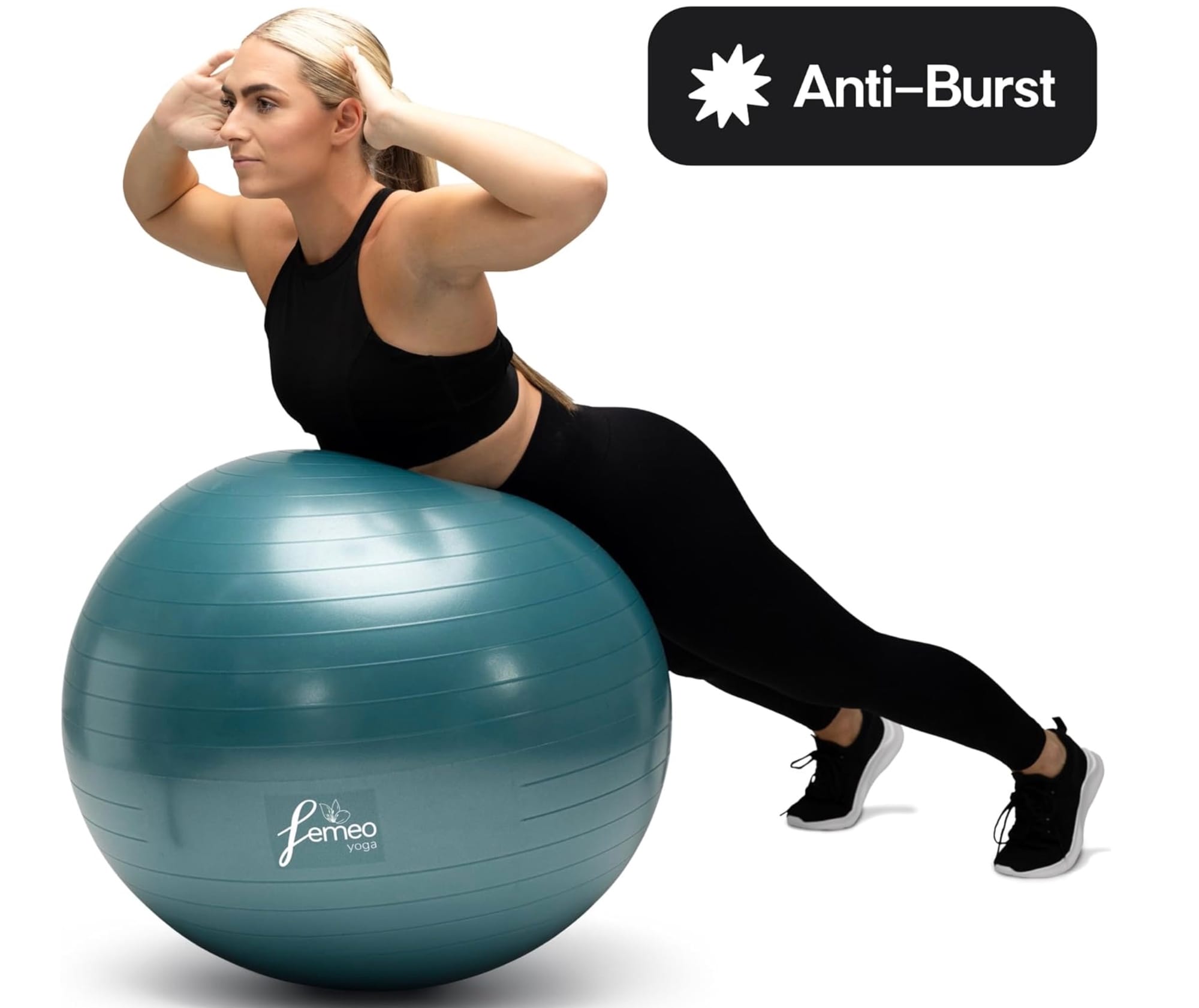
3: Best Pilates Ring
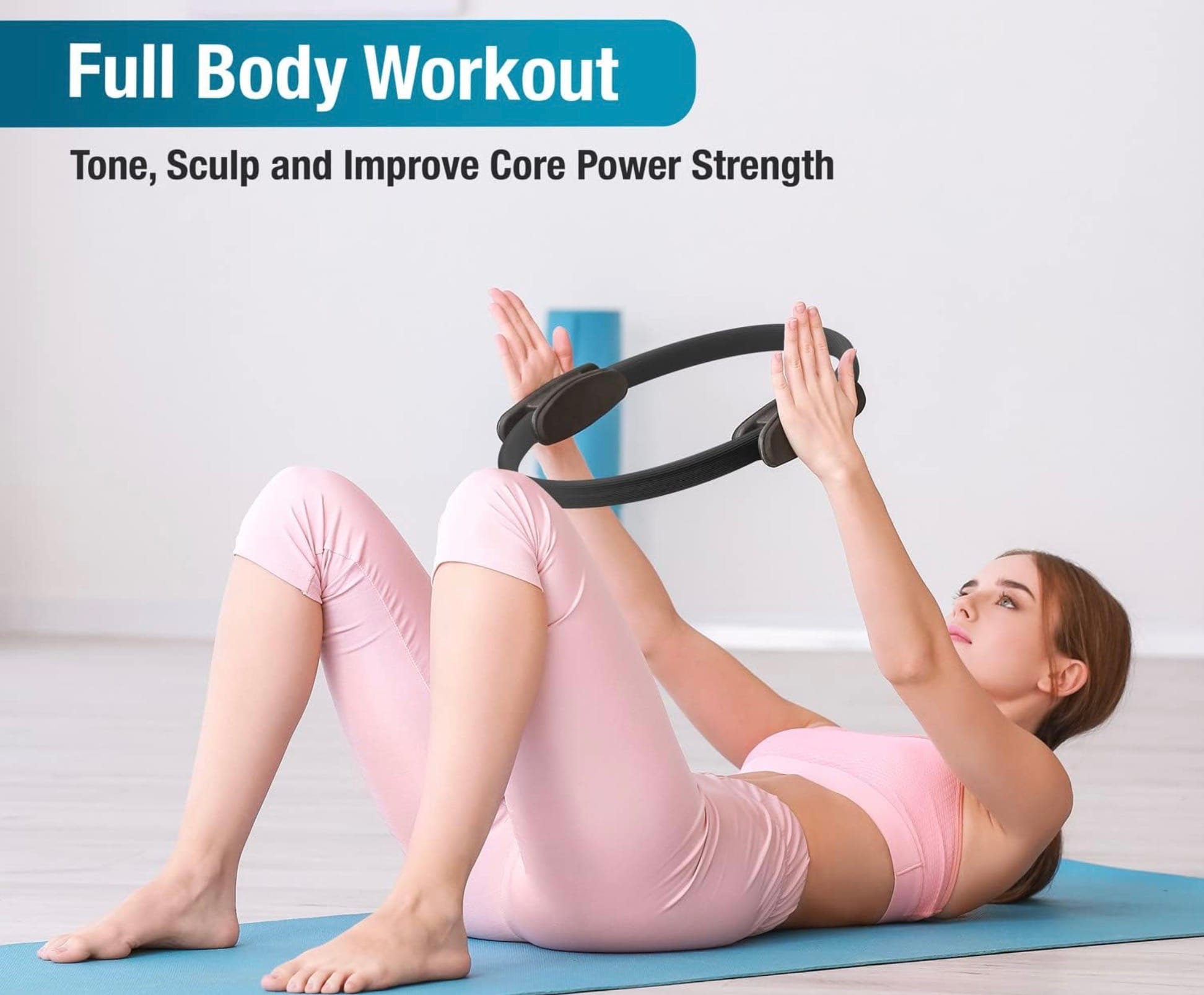
Gritin Resistance Bands
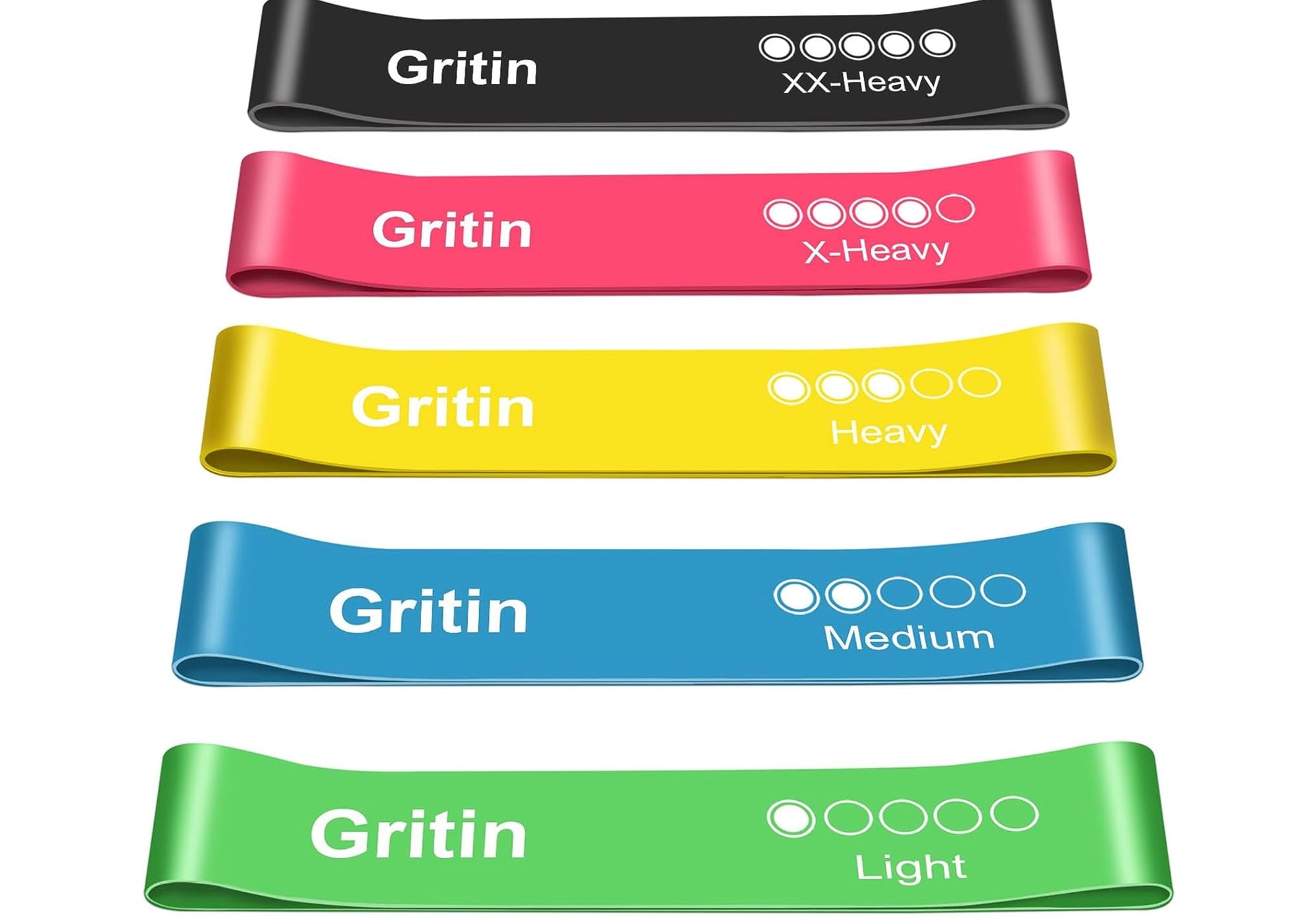
SMUG Active Pilates Bar
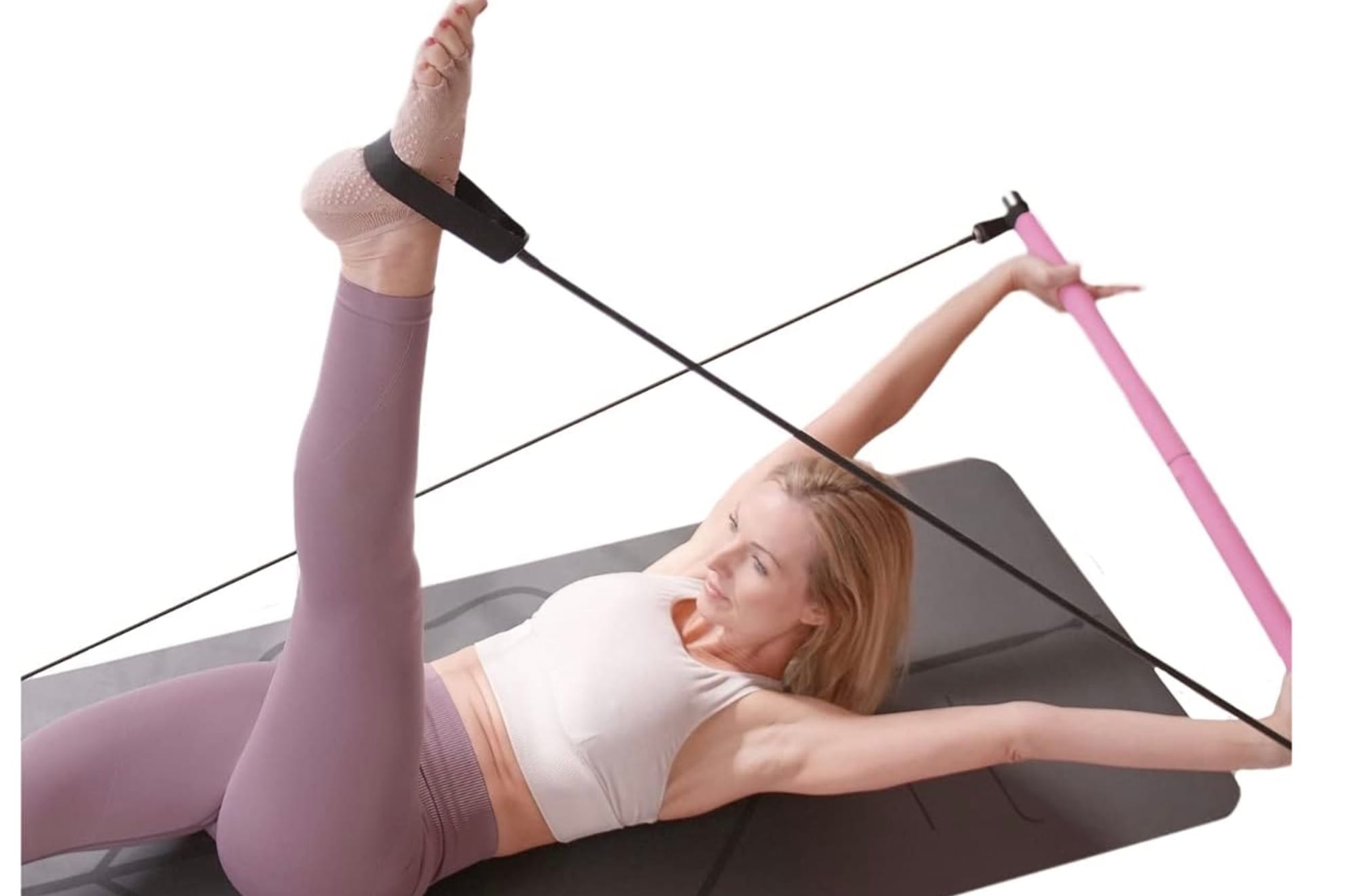
Core Balance Soft Pilates Ball
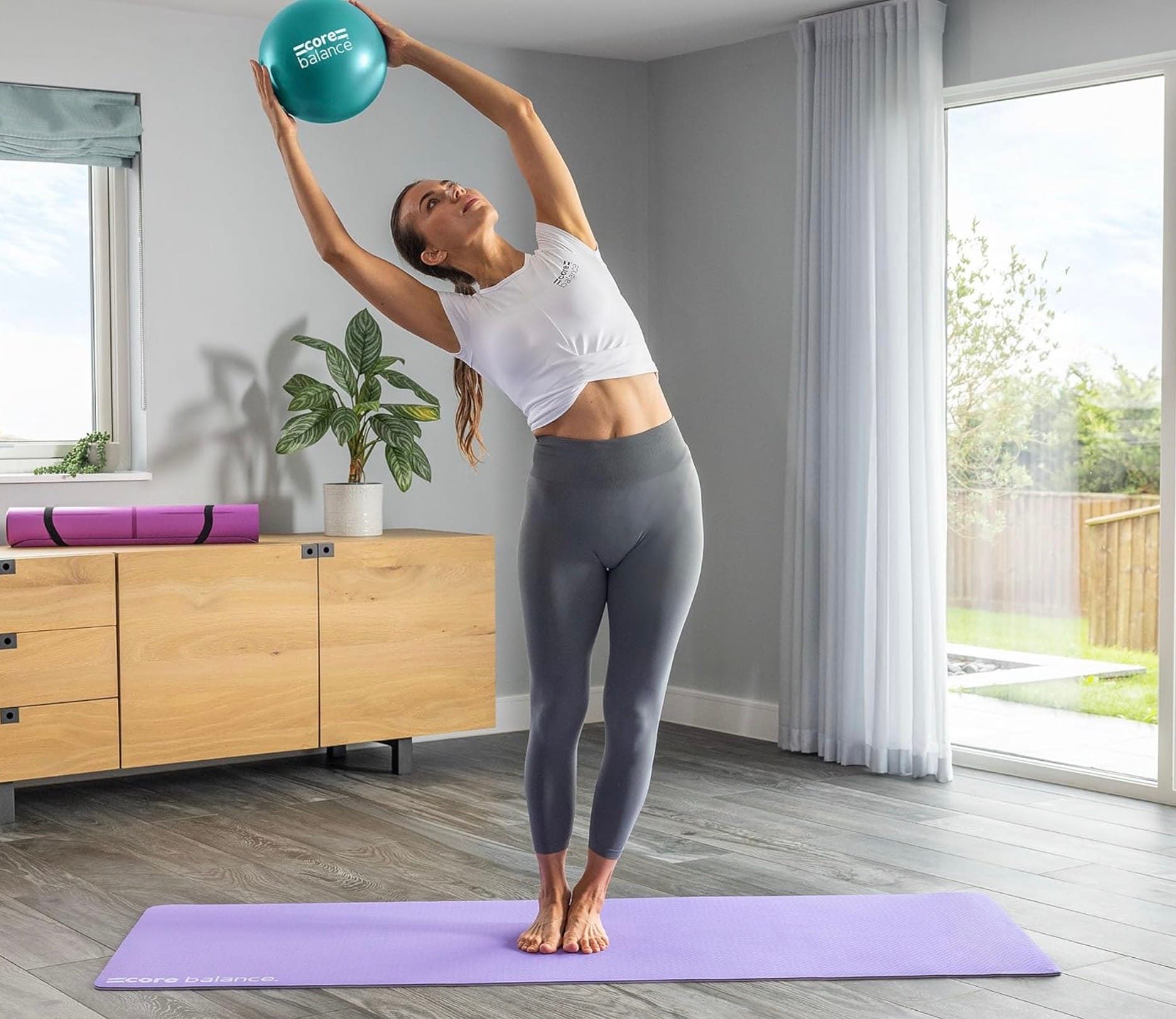
Non-Slip Pilates Socks with Straps
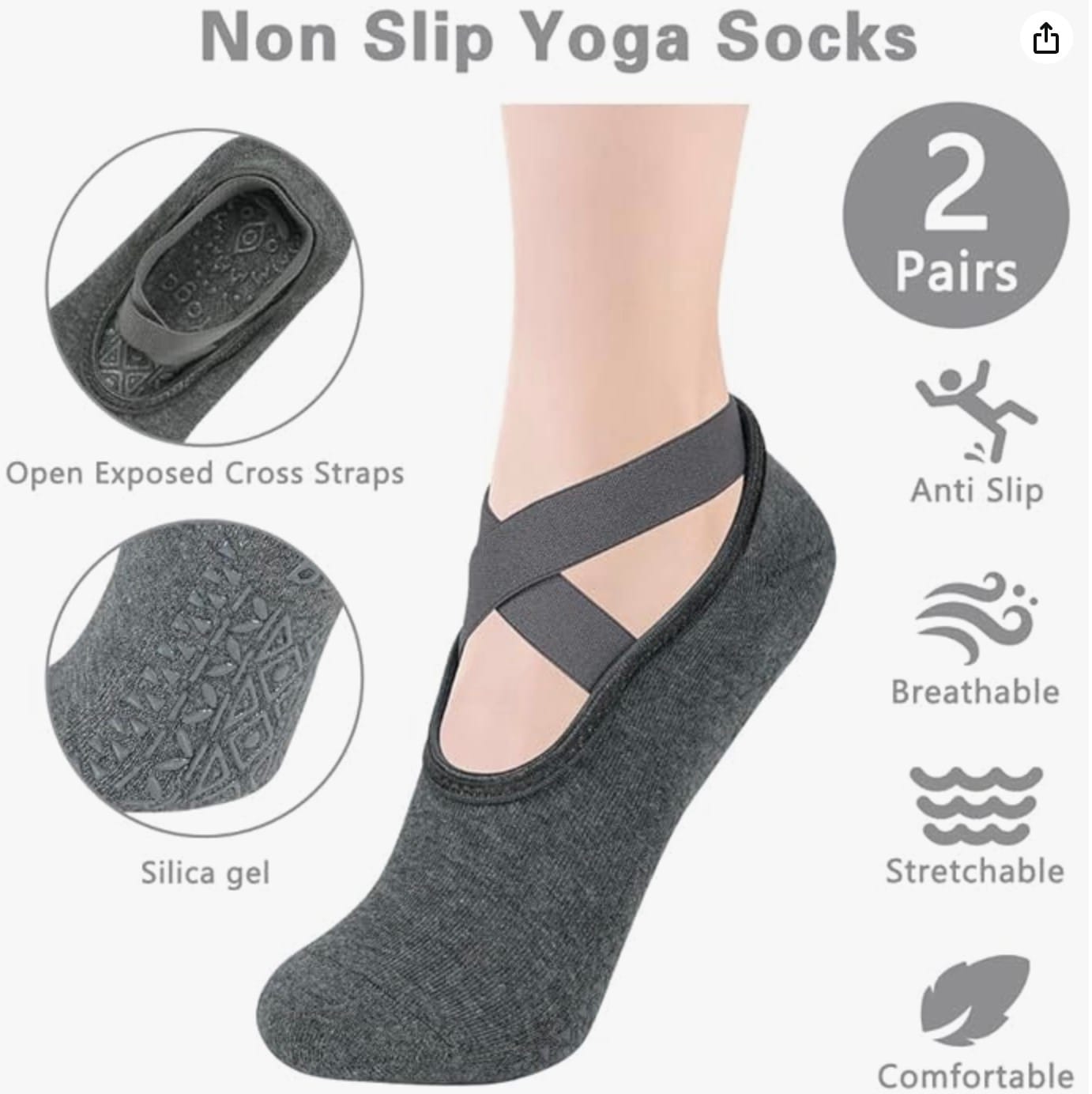
Best Wrist Weights Ankle Weights Set
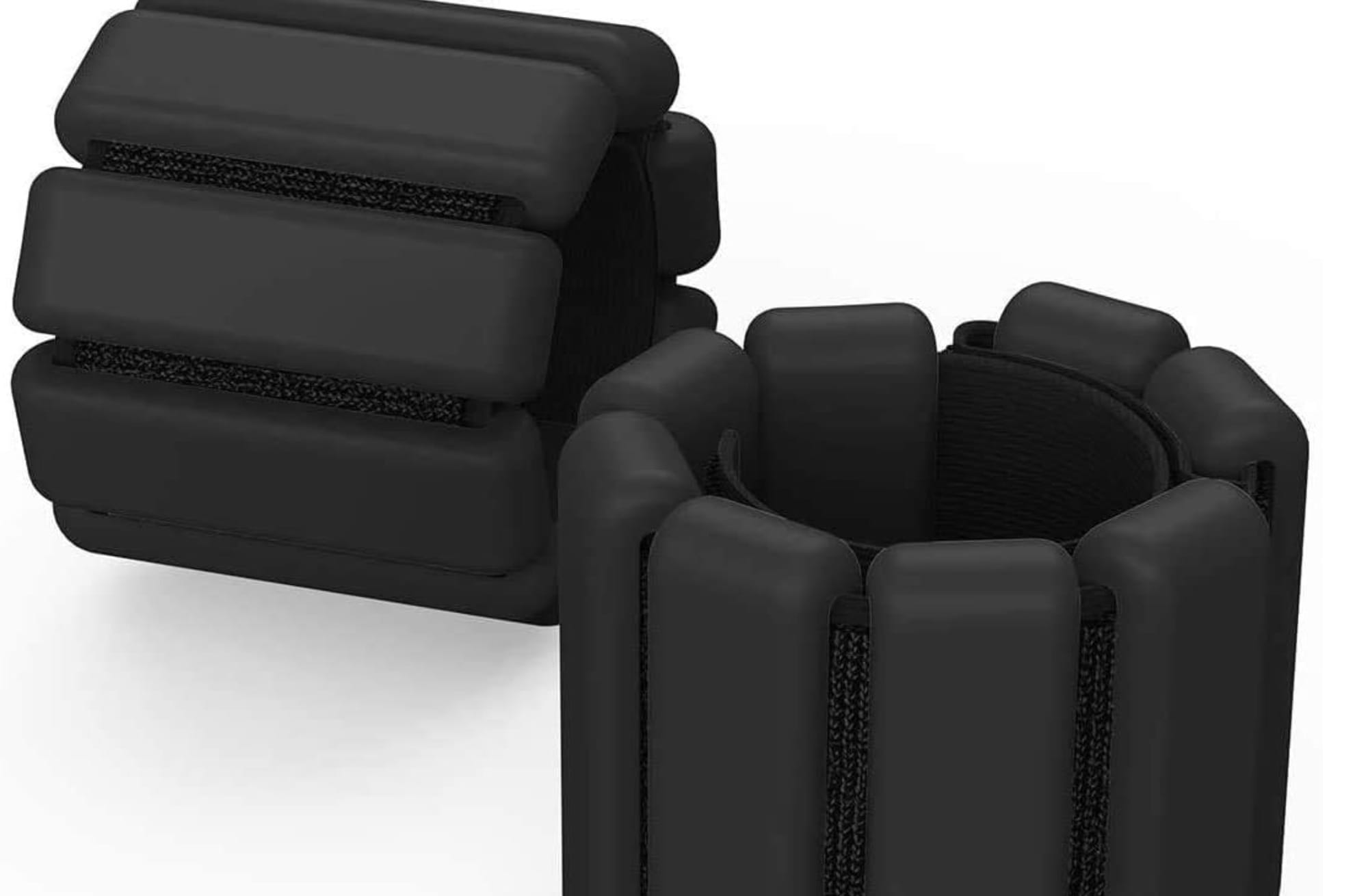
Best Yoga Blocks for Pilates at Home
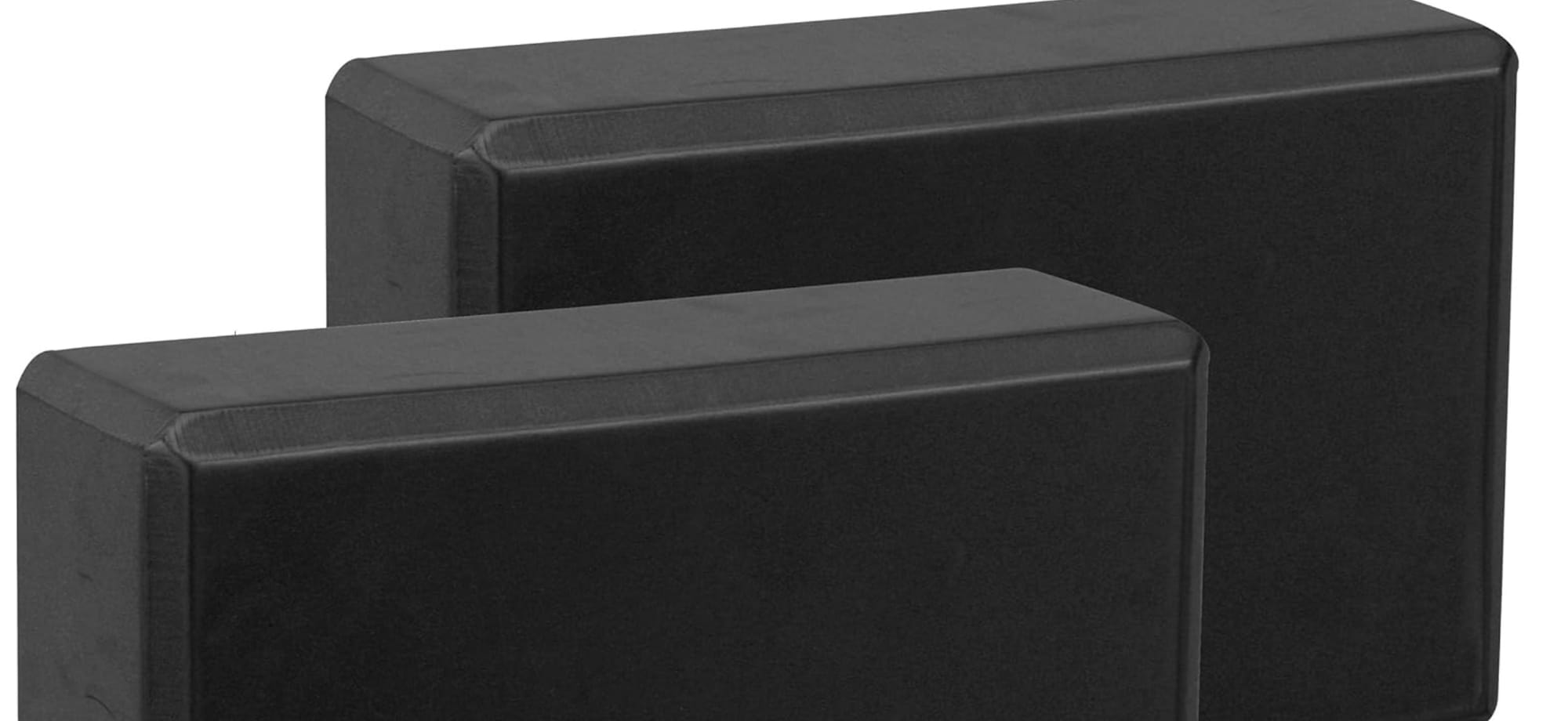
Pilates Exercises and Pilates Workouts at Home
This routine focuses on core strength, stability, flexibility, and overall body awareness, which are key elements of Pilates.
You won't need any special equipment, just a yoga mat or a comfortable floor space. Yes - there are plenty of other pilates workouts, but we've picked 2 here that you can get started with taught away. We do recommend doing this on a hard floor.
Or checkout our workout guide below:
Beginner Pilates Workout at Home: Mat Pilates 101
Warm-Up (5 minutes)
- Arm Circles: Stand with your feet hip-width apart, arms extended to the sides. Make small circles with your arms, gradually increasing the size. Do 30 seconds in each direction.
- Cat-Cow Stretch: On your hands and knees, alternate between arching your back towards the ceiling and dipping it towards the floor, while lifting and lowering your head. Repeat 10 times.
Main Routine
- The Hundred (5 minutes)
- Lie on your back with your knees bent into your chest.
- Lift your head, neck, and shoulders off the mat. Extend your legs to a 45-degree angle if you can, or keep them bent if you need to.
- Pump your arms up and down at your sides, breathing in for five pumps and out for five pumps. Do this for 100 pumps.
- Single Leg Circles (3 minutes per leg)
- Lie on your back with one leg extended up towards the ceiling and the other flat on the ground. Make sure to keep your legs straight and pelvis stable.
- Circle the raised leg clockwise for 10 circles, then counterclockwise for 10 circles. Switch legs and repeat.
- Rolling Like a Ball (3 minutes)
- Sit up with your knees bent, feet off the floor, and your arms wrapped around your legs.
- Roll back to your shoulder blades and then come back up to balance on your sit bones without placing your feet down. Repeat 10 times.
- Plank (3 minutes)
- Lie face down, then push up into a plank position, balancing on your forearms and toes.
- Keep your body in a straight line from head to heels. Hold for 30 seconds, rest, and repeat twice more.
- Single Leg Stretch (3 minutes)
- Lie on your back, knees bent into your chest.
- Extend one leg out as you pull the other knee closer to your chest, switching legs smoothly for 10 reps on each side.
Cool Down (5 minutes)
- Spine Stretch:
- Sit up with your legs wide apart, feet flexed.
- Reach your arms forward and stretch your spine, reaching towards your toes. Hold for 30 seconds.
- Mermaid Stretch:
- Sit with one leg bent in front and the other bent behind you.
- Lift your arm on the side of the front bent leg and stretch over to the other side. Hold for 30 seconds, then switch sides.
This routine should take about 20-25 minutes and will help you build a solid foundation in Pilates, enhancing your flexibility, muscular endurance, strength, and control. Remember to breathe smoothly throughout your practice and adjust the intensity to match your comfort level.
Conclusion
Pilates has evolved from a niche exercise into a mainstream wellness trend, appealing maybe the widest range that a routine could, including a sharp increase in older and male fans.
Developed in the 1920s, it enhances core strength, flexibility, and overall fitness, offering benefits like better posture and endurance. Its adaptability appeals to all ages and fitness levels.
The shift towards practising Pilates at home overcomes traditional hurdles such as high costs and the need for specialized equipment, making it both affordable and convenient.
This article provides essential guidance and workout plans to help anyone start their Pilates practice at home, promoting it as an adaptable and holistic lifestyle choice.
FAQs
How to do Pilates at home
Start slow, focus on controlled movement and core engagement, be consistent.
Pilates for Beginners at Home
The best way to start as a beginner is slow and steady. It takes time to build up strength and for your upper body to get used to certain movements.
Is Pilates at home good for weight loss?
Pilates is a fantastic workout to tone your abs and body and give you a lean figure.
What do you need to do pilates at home
The 3 pieces of equipment you need are a mat, resistance bands and small weights. Take a look at our full "Best Equipment" section for more details.




